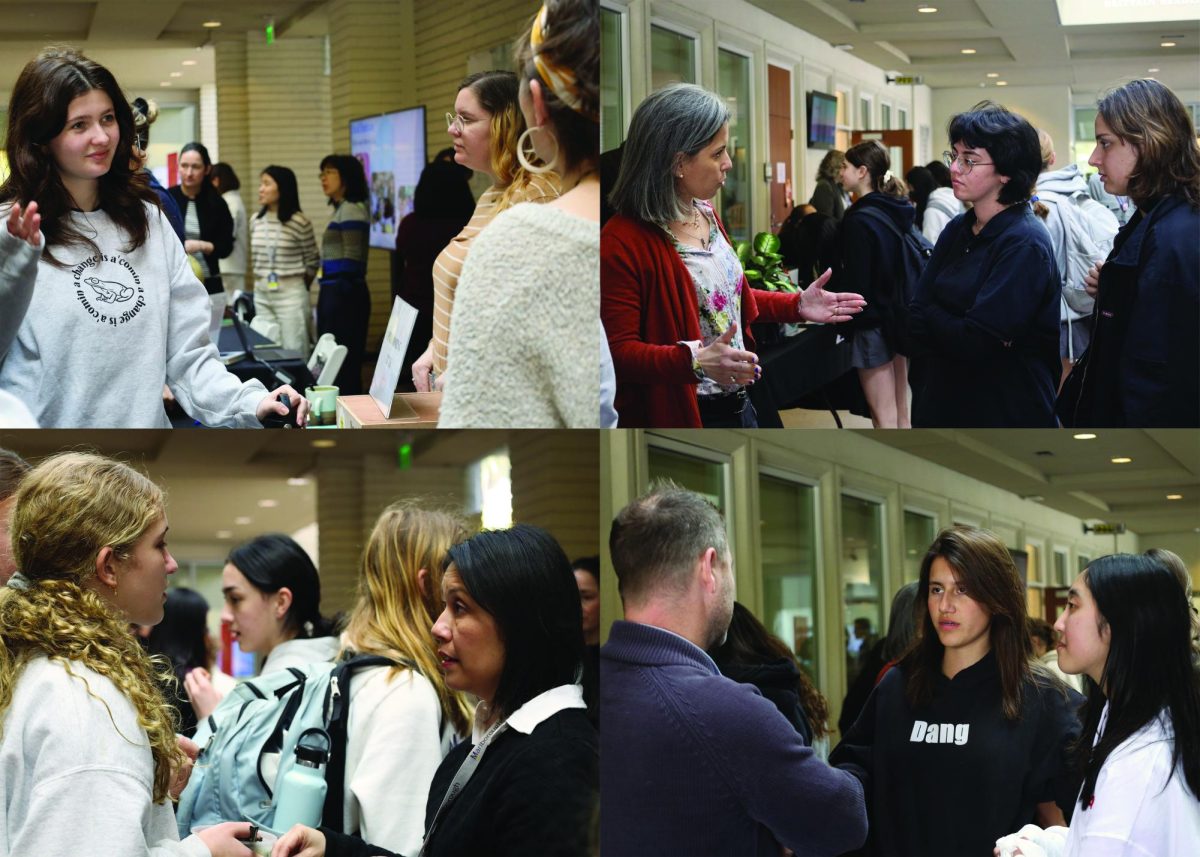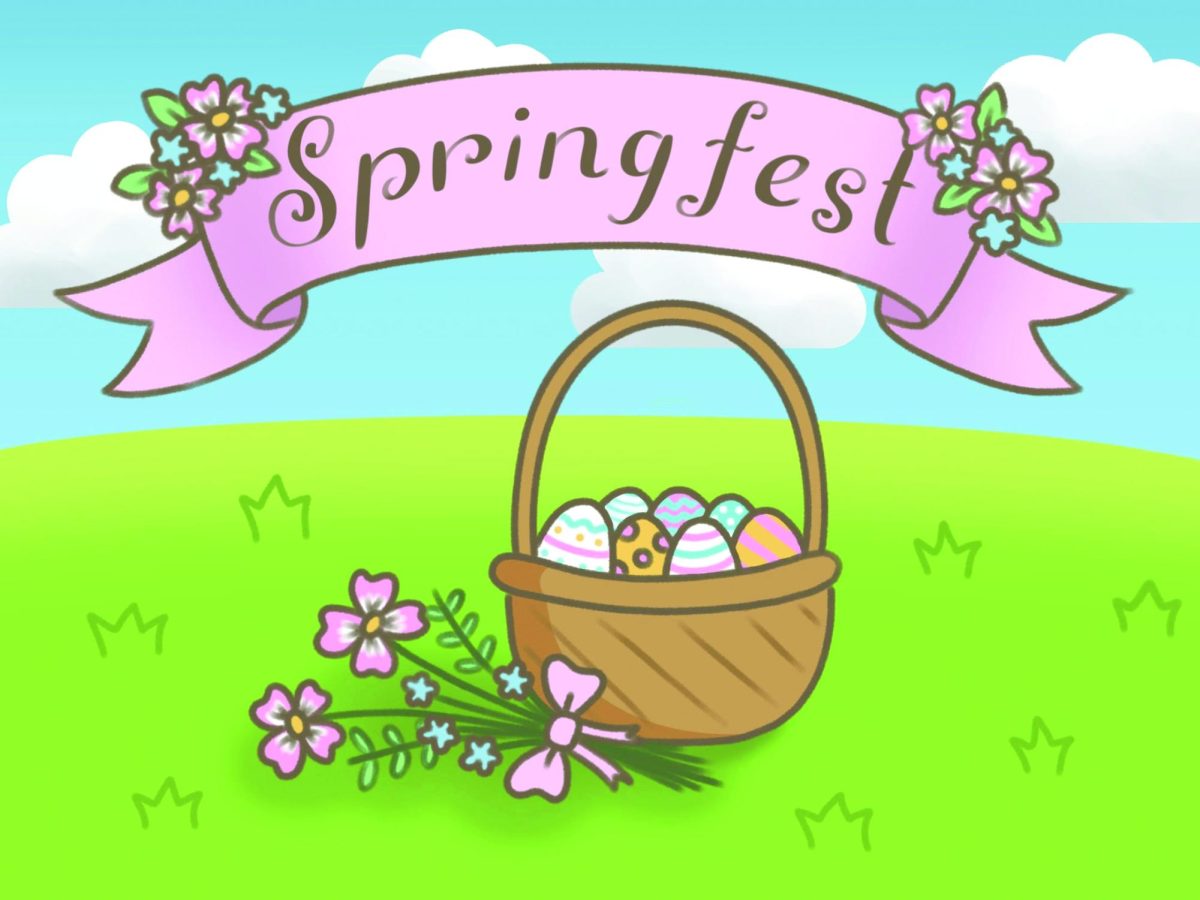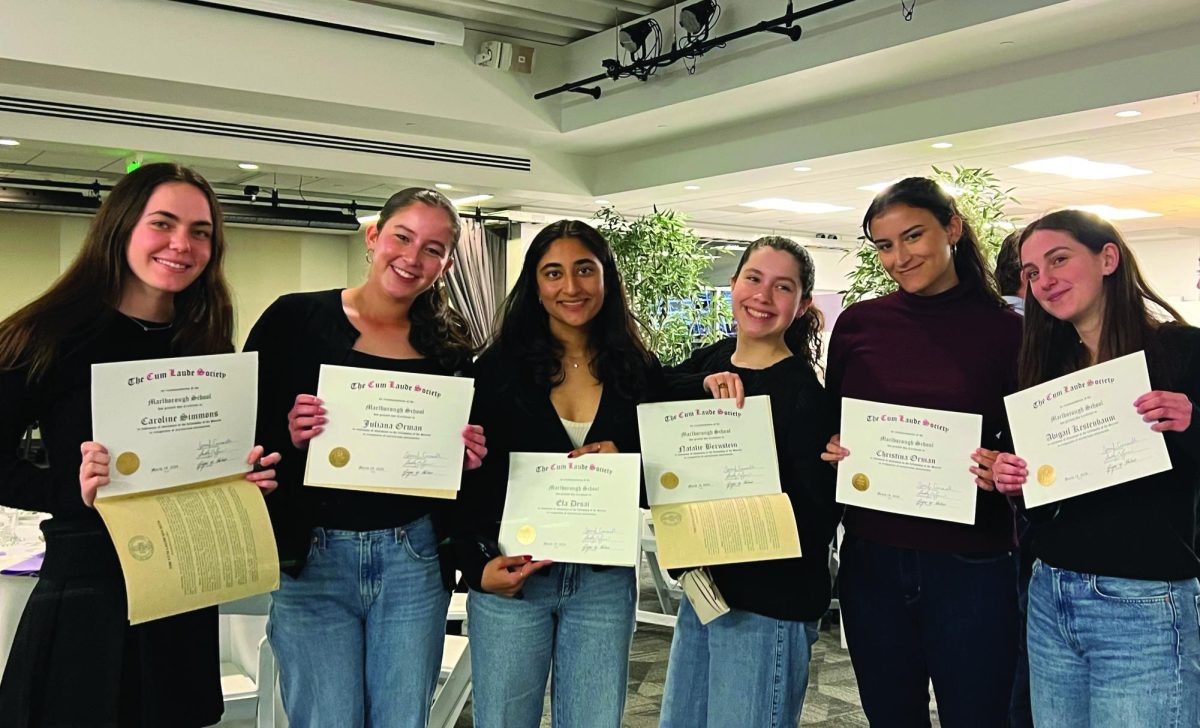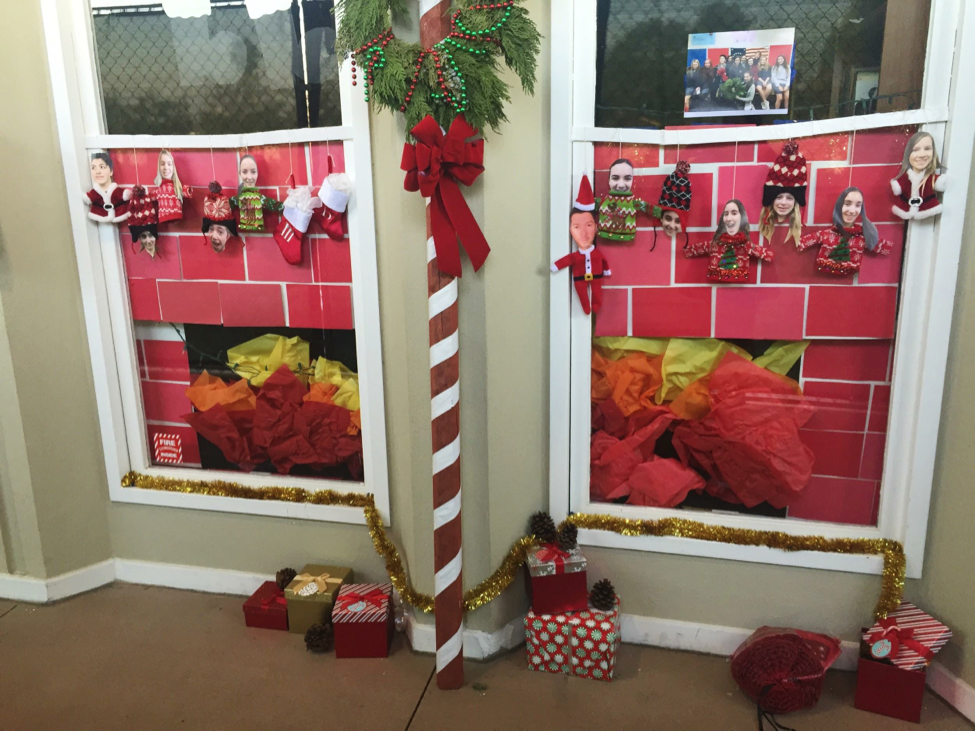
Alexandra Wallace, listen up: not all Asian languages are the same.
In case you haven’t heard, Ms. Wallace is a UCLA student who posted a now-infamous video on YouTube in which she ranted about her disgust for Asians who oh-so-rudely speak their native tongues in the public UCLA library. She even included a horribly stereotypical imitation of what these languages sound like: “Ching Chong Ling Long Ting Tong.”
Most of us aren’t as tragically ignorant as Wallace, but many outsiders face the same understandable problem: to the untrained ear, it can seem truly difficult to tell the difference between Asian languages.
But fear not! As someone who has taken Mandarin Chinese at Marlborough for three years and hears Korean and Japanese spoken at home, I’m here to help. Here are ten easy ways to identify three common East Asian languages next time you hear them at your local Korean BBQ or see them when you’re watching your favorite Hayao Miyazaki anime film.
1. To identify Chinese when you hear it, listen for tones. Spoken Mandarin Chinese consists of four distinct tones and one neutral tone, which almost makes it sound like a sort of song. These tones are extremely important, and can alter the meaning of a word.
2. Korean and Japanese have a hugely important system of honorifics. If someone speaks to their boss in the same way they speak to their little sister, they’re definitely going to get fired for being outrageously disrespectful.
3. If you see perfect circles, vertical/horizontal lines, and rectangles that combine to form blocks, it’s Korean.
4. Japanese writing combines Kanji (Chinese characters) and two syllabic alphabets known as hiragana (for native Japanese words) and katakana (usually for words with non-Japanese origins, such as バナナ, banana). Hiragana has a lot of curvy lines and loops. (“Hiragana” written in hiragana is ひらがな.)
5. Every Japanese syllable and word ends in a either a vowel or “n” (ん).
6. Trying to guess which East Asian ethnicity your new friend is? Here’s how to narrow it down: Japanese last names are longer. They have at least two syllables, while Chinese and Korean surnames have only one.
7. 45% of Korean people bear the last name Kim (김), Lee (이), or Park (박). (English spelling may vary.)
8. In my opinion, Japanese sounds a lot less harsh than Chinese and Korean because it has a shorter, staccato syllables and is pretty monotone in comparison. Also, there aren’t as many sounds in Japanese that are as mindblowingly different from anything English-speakers can pronounce.
9. FYI, there is no unified language called “Chinese.” The same characters are used throughout China, but when it comes to speaking, there are tons of different regional dialects. Someone from southern China who only speaks Cantonese wouldn’t even be able to carry a conversation with a northerner from Beijing who speaks Mandarin.
10. This might be useful to know: “Japanese language” in Japanese is “nihongo” (日本語). “Chinese” in Mandarin = “zhong wen” (中文). “Korean” = “hanguk-eo” (한국어).
Bonus Tip: “Ching chong ling long ting tong” is not an actual sentence in any language. Period.
Cheers,
Erika
エリカ (Japanese)
에리카 (Korean)
安若 (Chinese)














